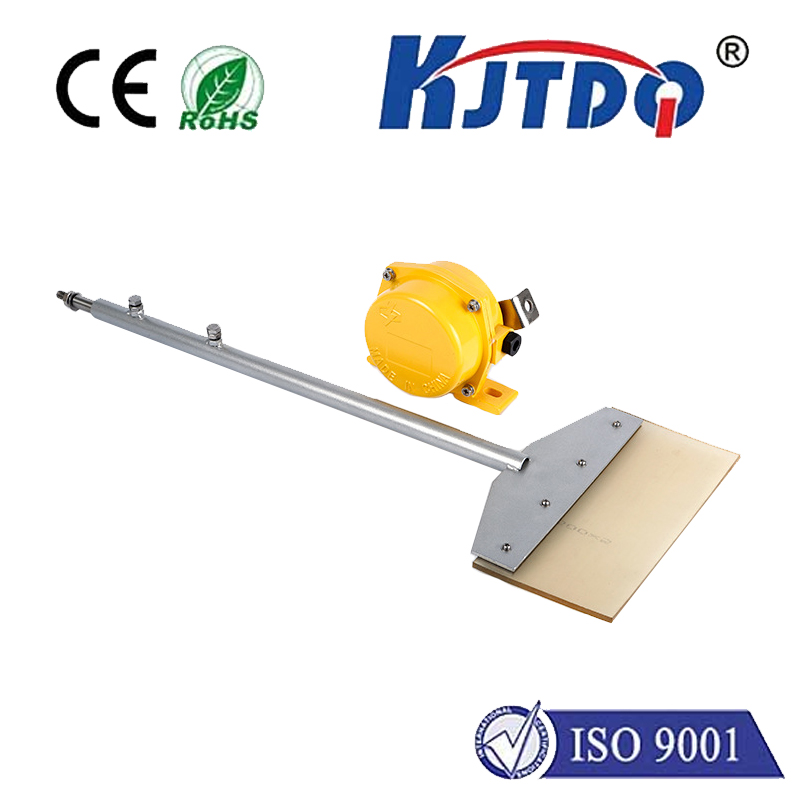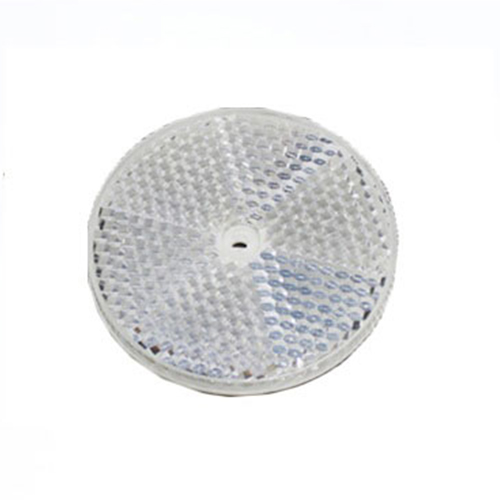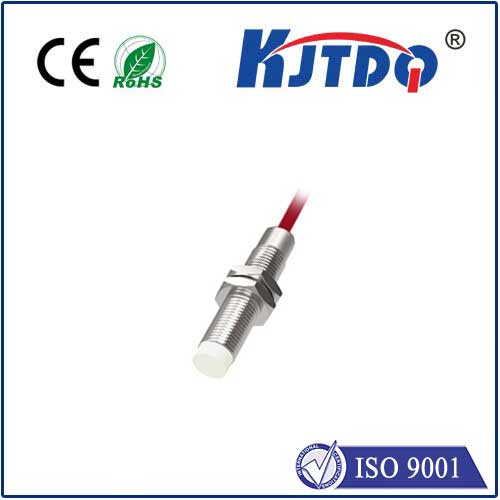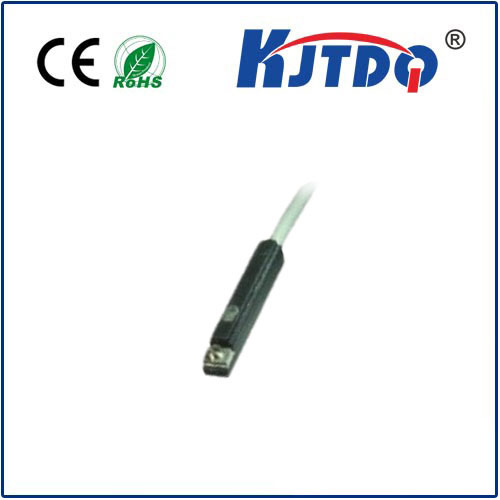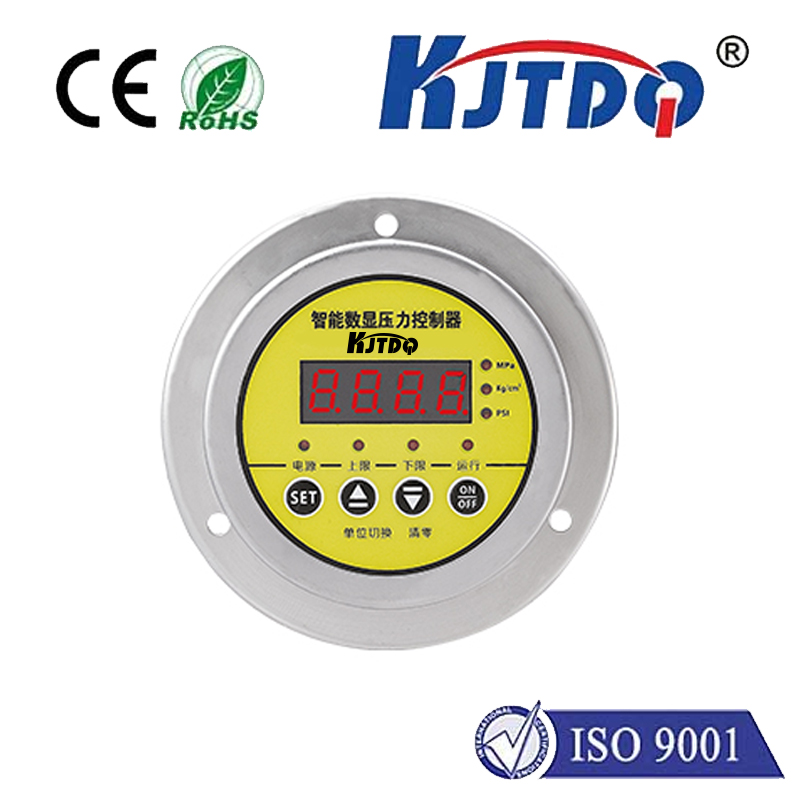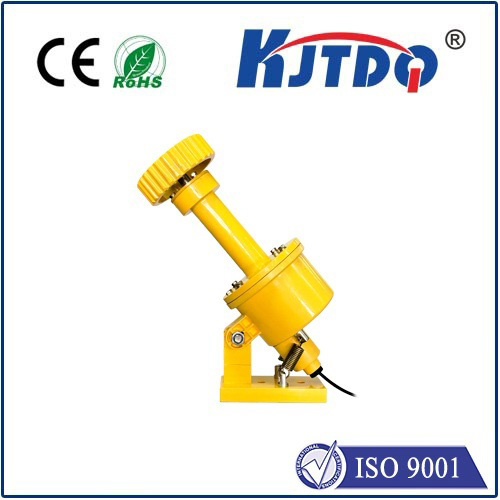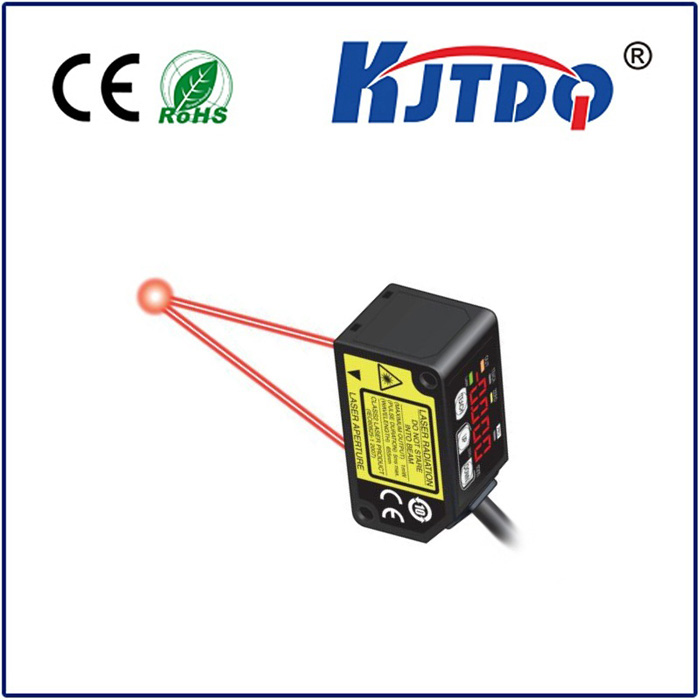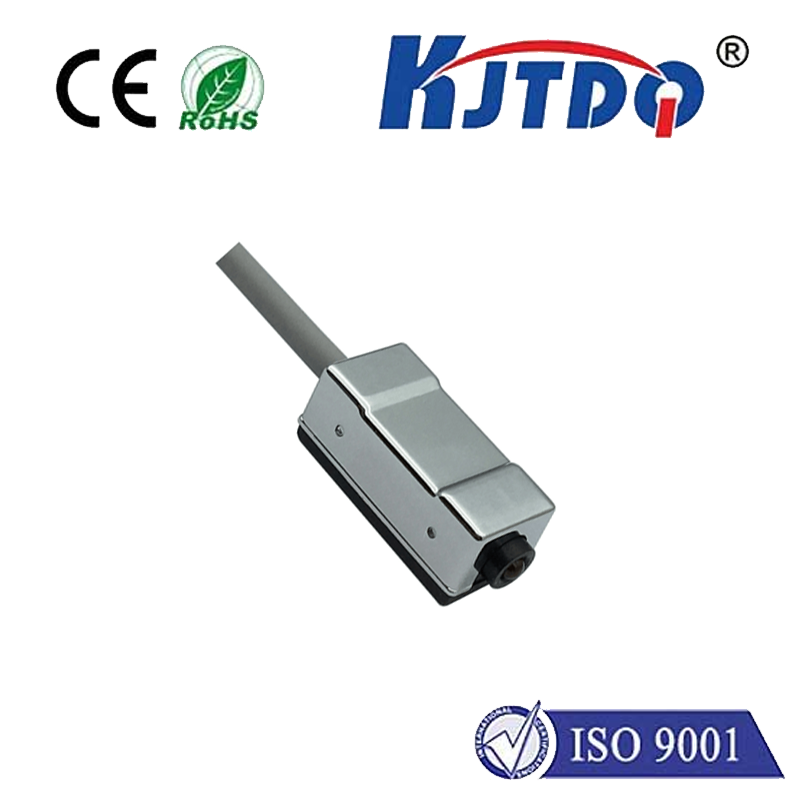rs232 proximity sensor
- time:2025-09-06 00:23:38
- Нажмите:0
RS232 Proximity Sensors: The Enduring Link for Robust Industrial Sensing
In the bustling heart of factory automation, on the often-unforgiving floors of heavy machinery, and within complex material handling systems, the reliable detection of objects is paramount. While modern communication protocols like Ethernet and USB often steal the spotlight, there exists a stalwart technology quietly ensuring critical operations: the RS232 proximity sensor. These sensors represent a unique fusion of robust, non-contact object detection with the simplicity and resilience of the RS232 serial communication standard, carving out a vital niche in environments where simplicity, noise immunity, and legacy compatibility are non-negotiable.
Why RS232 in a Modern World? Understanding the Niche
It’s a fair question. RS232 (officially EIA RS-232) is a decades-old serial communication standard. It lacks the blistering speed of USB 3.0 or the network ubiquity of Ethernet. Yet, its persistence, particularly interfacing with proximity sensors, is a testament to its specific strengths where they matter most:
- Simplicity & Directness: RS232 offers a straightforward point-to-point connection. Connecting a compatible RS232 proximity sensor directly to a PLC, HMI, microcontroller, or legacy computer often requires minimal circuitry – essentially just wires connecting the TX (transmit), RX (receive), and GND (ground) pins correctly. There’s no complex network stack or driver installation.
- Robustness: Unlike contemporary high-speed digital interfaces, RS232 operates at voltages typically between -15V and +15V (though often implemented at +/-5V or +/-12V). This higher voltage swing provides superior noise immunity, a critical advantage in electrically noisy industrial settings teeming with motors, solenoids, and variable frequency drives (VFDs). It can often shrug off interference that cripples lower-voltage signals.
- Legacy System Compatibility: Countless industrial machines, controllers, and data loggers installed over the past 30+ years feature RS232 ports. Integrating a new sensing point via a compatible proximity sensor using serial communication protocol is frequently the most cost-effective and least disruptive solution, avoiding expensive control system upgrades.
- Longer Cable Runs (Compared to TTL): While limited compared to RS485 or Ethernet, standard RS232 can reliably transmit data over distances up to 15 meters (50 feet) without needing repeaters, sufficient for many machine and local sensing applications.
The Sensor Side: Core Proximity Technology

The “proximity” part refers to the sensor’s core technology, which detects the presence or absence of a target object without physical contact. Common types integrated with RS232 outputs include:
- Inductive Sensors: Detect metallic (primarily ferrous) targets. Ideal for machine parts, metal positioning, valve sensing, and automotive applications. Rugged and resistant to harsh environments.
- Capacitive Sensors: Detect both metallic and non-metallic targets (liquids, plastics, wood, granulates). Perfect for level detection, material presence in bins, or detecting objects through non-metallic container walls. They are slightly more sensitive to environmental factors like humidity than inductive models.
- Ultrasonic Sensors: Use sound waves to detect objects and measure distance. Excellent for detecting objects regardless of material, color, or transparency, and for applications requiring distance measurement. More susceptible to acoustic noise and temperature variations.
- Photoelectric Sensors: Use light beams (visible, infrared, laser) to detect objects. Offer long ranges and detect varied materials, but performance can be affected by ambient light, dust, fog, or target color/reflectivity.
The key differentiator of an RS232 proximity sensor is that instead of providing a simple on/off digital output (PNP/NPN) or analog voltage/current signal, it incorporates an internal microcontroller. This chip processes the raw sensor data and converts it into a digital serial data stream conforming to the RS232 standard.
What Flows Through the Wire? RS232 Data Made Useful
So, what information does an RS232-enabled proximity sensor actually send? It varies by model and sophistication, but typically includes:
- Detection Status: The fundamental signal: Object Detected or Object Not Detected.
- Measured Distance: For analog-output sensors or those specifically designed for distance measurement (like ultrasonic or laser types), the measured distance to the target is transmitted as a numeric value (e.g., in millimeters or inches).
- Sensor Health/Diagnostics: More advanced models include diagnostic flags indicating potential issues like sensor contamination, malfunction, or out-of-range signals.
- Configuration Parameters: Some sensors allow limited configuration (e.g., sensitivity adjustment, output format) via commands sent to the sensor over the RS232 link.
- Sensor Identification: Data packets might include a sensor ID, model number, or serial number for easier system integration and management.
This data is formatted according to a specific protocol defined by the sensor manufacturer. Common aspects of this protocol include:
- Baud Rate: The speed of data transmission (bits per second - e.g., 9600, 19200, 38400 baud). Must match the setting on the receiving device (PLC, PC, etc.).
- Data Bits: Number of bits per character (usually 7 or 8).
- Parity: A simple error-checking bit (None, Even, Odd).
- Stop Bits: Indicates the end of a character (usually 1 or 2 bits).
- Packet Structure: How the data is framed. Often includes a start character, the data payload, and an end character or checksum for basic data integrity. Common formats include simple ASCII strings or binary data.
Integrating RS232 Proximity Sensors: Key Considerations
Successfully deploying an RS232 proximity sensor involves more than just plugging it in:
- Physical Connection & Wiring: Getting the TX, RX, and GND connections correct is crucial. Common pitfalls include connecting TX to TX instead of TX to RX. Consult the datasheets for both the sensor and the host device meticulously. Remember the voltage levels; while many devices use “TTL-level” serial internally, true RS232 uses higher voltages – ensure compatibility or use a level converter if necessary. Use shielded cable and proper grounding to maintain signal integrity.
- Communication Parameter Matching: The baud rate, data bits, parity, and stop bits settings on the sensor must exactly match those configured on the receiving device. A mismatch here results in complete communication failure or garbled data.
- Protocol Parsing: The host system (PLC, PC software, microcontroller) needs to be programmed to understand the specific data format sent by the sensor. This involves reading the serial data stream, identifying the start/end of messages, extracting the relevant fields (status, distance, etc.), and handling any checksum validation. Knowledge of simple serial communication programming is essential.
- Distance Limitations: Be mindful of the ~15 meter (50 ft) RS232 limitation. For longer runs, consider using RS232 to RS485 converters or choosing a sensor with a native RS485 option if available and compatible. RS485 is designed specifically for longer distances in noisy environments.
- Power Supply: Don’t forget the sensor still needs a suitable DC power supply (e.g., 12-24V DC) to operate its sensing electronics and communication circuitry. This is separate from the communication lines.
Where RS232 Proximity Sensors Shine: Enduring Applications
Despite the age of the protocol, RS232 proximity sensors remain indispensable in scenarios where their core strengths align perfectly with the demands:
- OEM Machinery with Existing RS232 Controls: Integrating sensors into machines designed around serial comms.
- Harsh Industrial Environments: Settings with significant electrical noise where RS232’s voltage swing provides essential immunity. Think welding lines, large presses, foundries, and heavy fabrication.

